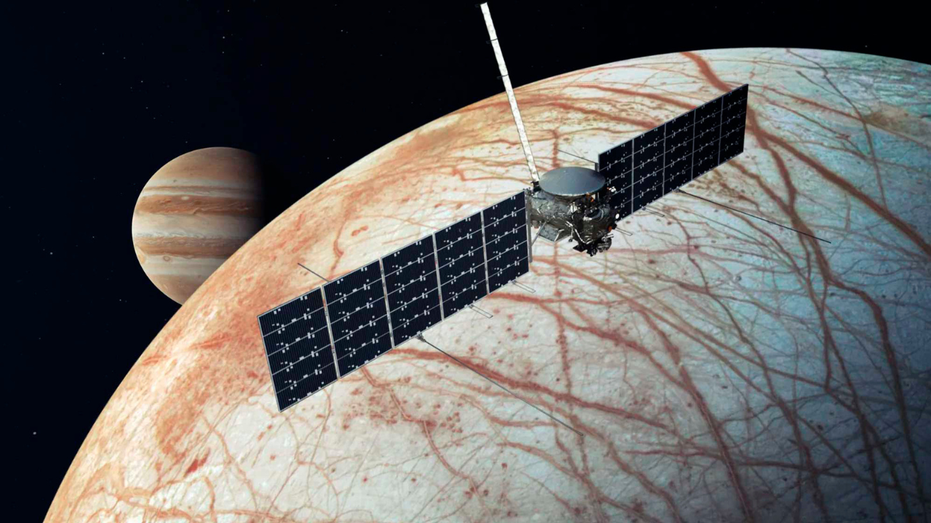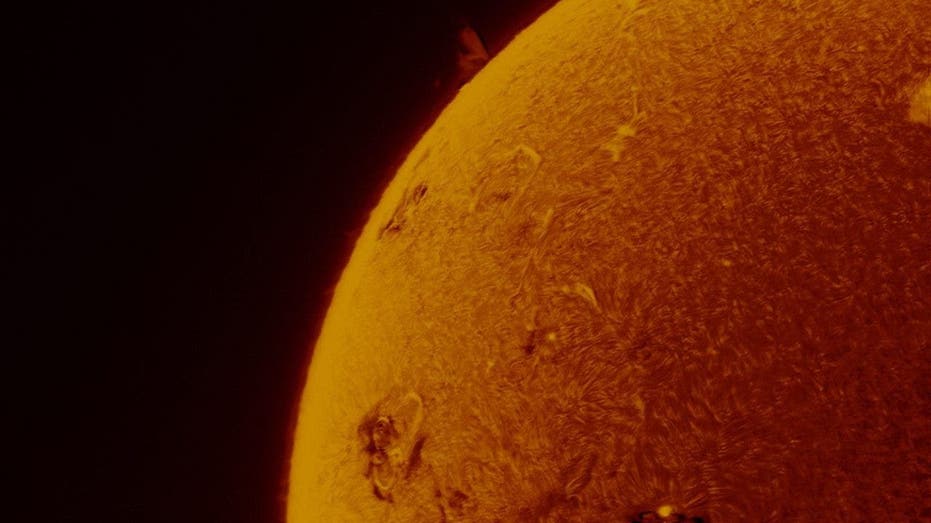Big rigs deliver cargo with no humans at the wheel
Are you ready to share the road with massive semi-trucks cruising down the highways next to you without a human driver? Well, that is one step closer, thanks to the groundbreaking partnership between Kodiak Robotics and Atlas Energy Solutions. These innovative companies have just pulled off something incredible. They successfully launched the first-ever commercial driverless trucking operation.
GET SECURITY ALERTS, EXPERT TIPS - SIGN UP FOR KURT’S NEWSLETTER - THE CYBERGUY REPORT HERE
Kodiak Robotics has become the first company globally to deliver a driverless semi-truck to a customer while also being the first to generate ongoing revenue from driverless trucks. Atlas Energy Solutions, in turn, has made history as the first customer to launch a commercial delivery operation using driverless semi-trucks.
Don Burnette, founder and CEO of Kodiak Robotics, tells CyberGuy, "Through this partnership, we are providing a critical service to Atlas, helping them to provide freight service in one of America’s most difficult trucking environments."
YOU WON’T BELIEVE HOW FAR VOLVO'S NEW ELECTRIC SEMI-TRUCK GOES ON A SINGLE CHARGE
Atlas has successfully completed 100 loads of proppant sand deliveries using Kodiak RoboTrucks, establishing itself as the pioneer in making driverless deliveries with its own autonomous fleet. The operations span the 75,000 square mile Permian Basin in West Texas and Eastern New Mexico, showcasing the scalability and efficiency of the technology.
Burnette emphasized that "before launching driverless service, we completed our safety case – Kodiak’s comprehensive study that demonstrates the safety of our self-driving system – for work in the Permian Basin."
YOUR QUESTIONS ANSWERED - EXPLORING HYDROGEN-POWERED VEHICLES FOR THE FUTURE OF TRANSPORTATION
THE FUTURE OF TRUCKING ROLLS FORWARD IN SHELL'S EXPERIMENTAL BIG RIG
The high demand in the Permian Basin is driving rapid scaling of operations, enabling Kodiak to earn significant revenue from its RoboTrucks faster than any other autonomous truck company. This accelerated growth demonstrates the commercial viability of autonomous trucking technology.
"We are now working to extend the safety case to highways over the course of 2025," Burnette said. "This large-scale operation allows us to rapidly accumulate driverless experience, which will benefit our on-highway customers and contribute to the successful launch of our on-highway driverless operations. We believe we have a 12- to 18-month lead on launching driverless semi-trucks at scale."
TECH TURNING BIG RIGS, TRUCKS, EVEN TANKS INTO SELF-DRIVING VEHICLES
Concurrent with the RoboTruck operations, Atlas has launched the Dune Express, a 42-mile autonomous conveyor belt in the desert that delivers sand to the autonomous RoboTrucks. This integration of the RoboTrucks and the Dune Express is a key component of Atlas' strategy to automate its entire supply chain, promising increased efficiency and safety in industrial logistics.
The autonomous trucking industry stands on the brink of a transformative era, with pioneering companies like Kodiak Robotics leading the charge toward a more efficient and technologically advanced transportation landscape.
"We are encouraged by Transportation Secretary Sean Duffy’s strong commitment to creating a national regulatory framework for autonomous vehicles and are confident the new administration will ensure a clear path for innovators," Burnette said. "Ultimately, autonomous trucks will increase American competitiveness, reduce inflation, and help ensure U.S. technology leads in the 21st century. All indications suggest the industry expects the Trump administration to be favorable toward autonomous trucking. We are committed to maintaining American leadership in realizing this vision."
SUBSCRIBE TO KURT’S YOUTUBE CHANNEL FOR QUICK VIDEO TIPS ON HOW TO WORK ALL OF YOUR TECH DEVICES
The partnership between Kodiak Robotics and Atlas Energy Solutions represents a pivotal moment in the transportation industry. By successfully deploying autonomous trucks in commercial operations, they have proven the technology's readiness, as well as its economic viability. This breakthrough is likely to accelerate the adoption of autonomous trucking across various sectors, potentially reshaping the future of logistics and supply chain management.
Would you feel comfortable sharing the highway with a driverless semi-truck? Let us know by writing us at Cyberguy.com/Contact.
For more of my tech tips and security alerts, subscribe to my free CyberGuy Report Newsletter by heading to Cyberguy.com/Newsletter.
Ask Kurt a question or let us know what stories you'd like us to cover.
Follow Kurt on his social channels:
Answers to the most asked CyberGuy questions:
New from Kurt:
Copyright 2025 CyberGuy.com. All rights reserved.






